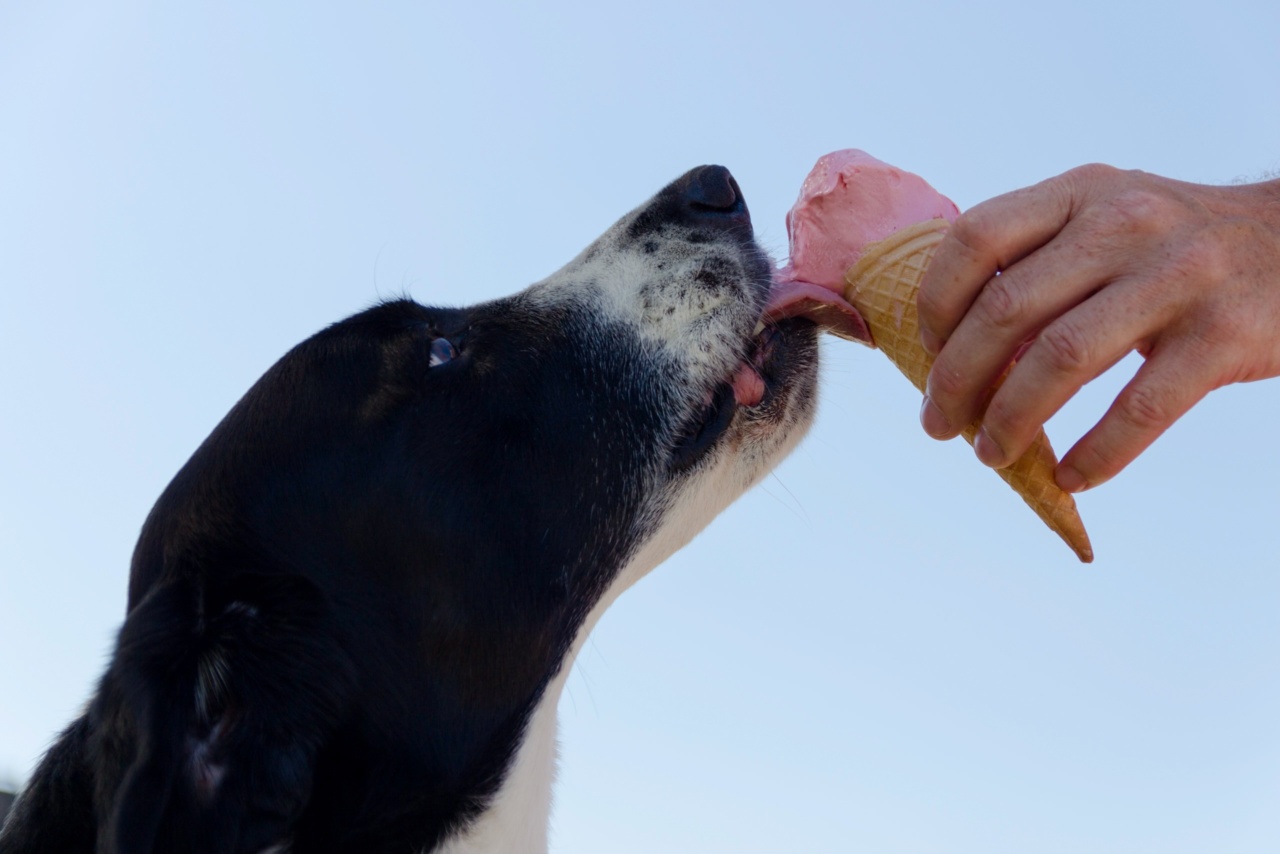Walking your dog is not only great exercise for both of you, but it also provides a chance for bonding and mental stimulation.
However, one common problem many dog owners face is their furry friend’s tendency to eat anything and everything they come across during walks. This can not only be frustrating but also potentially dangerous for your beloved pet. In this article, we will explore various tips and techniques to help you achieve better control over your dog’s eating habits during walks.
Understanding the Reasons Behind Your Dog’s Eating Behavior
Before diving into the methods to stop your dog from bingeing on random items during walks, it is crucial to understand why they do so in the first place. Here are a few common reasons behind this behavior:.
1. Instinctual Behavior
Dogs are natural scavengers, and their keen sense of smell often leads them to explore and consume items they find intriguing. This behavior is deeply rooted in their ancestral instincts and can be challenging to modify entirely.
2. Nutritional Deficiencies
If your dog is not receiving adequate nutrition from their regular meals, they may be compelled to seek out alternative food sources during walks. Identifying and addressing any potential nutritional deficiencies can help curb their urge to scavenge.
3. Boredom and Anxiety
Dogs that are understimulated or experiencing anxiety may resort to eating on walks as a coping mechanism. Keeping them engaged and mentally stimulated can significantly reduce their desire to consume random items.
Effective Techniques to Stop Your Dog from Eating on Walks
Now that we understand the possible reasons behind your dog’s eating behavior let’s explore some practical strategies you can implement to achieve better control:.
1. Basic Training Commands
Teaching your dog basic commands such as “leave it” and “drop it” is essential in preventing them from picking up and consuming undesirable objects.
Consistently practicing these commands at home and during walks will reinforce their understanding and response to your cues.
2. Use of a Gentle Leader or Harness
Using a gentle leader or a no-pull harness can give you better control over your dog’s movements during walks. It allows you to redirect their attention away from potential food items and gives you the ability to gently steer them away.
3. Engaging Toys and Treats
Provide your dog with engaging toys and treats designed to keep them occupied during walks. Interactive puzzle toys or long-lasting chews can divert their attention away from random objects while satisfying their need to explore and chew.
4. Consistent and Engaging Walks
Ensuring that your dog receives a consistent and engaging exercise routine can help reduce their boredom and anxiety levels, decreasing the likelihood of them resorting to eating during walks.
Incorporate mentally stimulating activities such as obedience training or scent games to keep their mind occupied.
5. Proper Nutrition and Meal Schedule
Work closely with your veterinarian to ensure that your dog is receiving a well-balanced diet with all essential nutrients. An adequately nourished dog is less likely to feel the urge to scavenge during walks.
Additionally, sticking to a regular meal schedule helps establish a routine and reduces their need to seek extra food.
6. Keeping a Close Eye on Your Dog
Vigilance is crucial when it comes to preventing your dog from eating potentially harmful objects during walks. Keep a close eye on them, especially in areas where litter or other tempting items are often present.
Redirect their attention and praise them for making the right choices.
7. Utilizing Deterrents
If your dog persists in their scavenging behavior, utilizing deterrent sprays or unpleasant-tasting substances on objects they are prone to pick up can dissuade them from indulging.
Consult with your veterinarian to choose a safe and effective deterrent for your dog.
8. Seek Professional Help
If your dog’s foraging behavior persists or escalates despite your best efforts, it may be beneficial to seek professional help from a qualified dog trainer or behaviorist.
They can assess the underlying causes of the behavior and provide personalized guidance and training techniques.
Conclusion
While it may take time and consistent effort to stop your dog from eating during walks, it is crucial for their safety and well-being.
Understanding the reasons behind their behavior and implementing the appropriate techniques can help you achieve better control and ensure enjoyable and worry-free walks for both you and your furry companion.






























